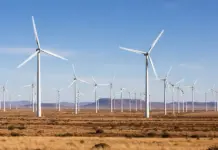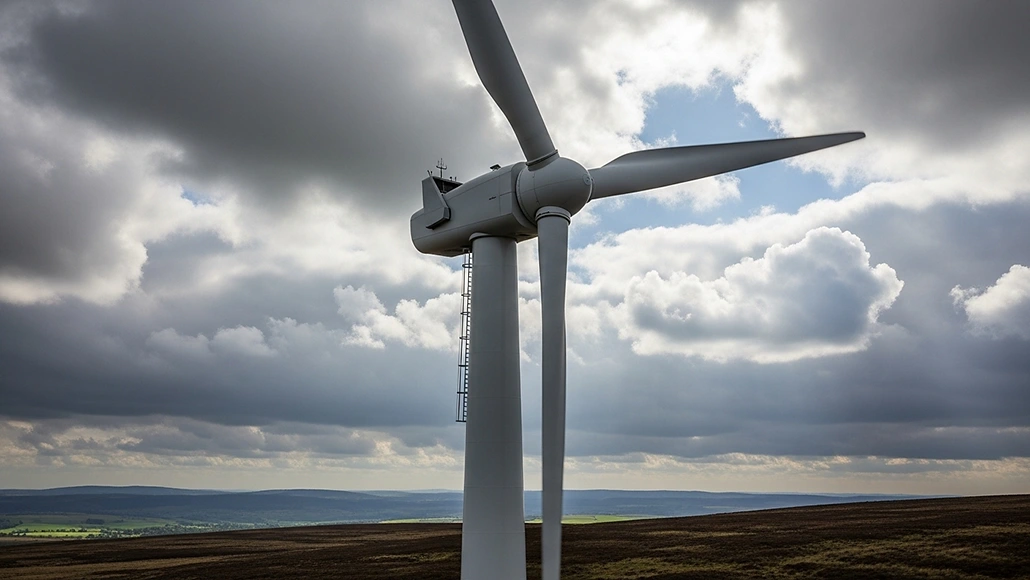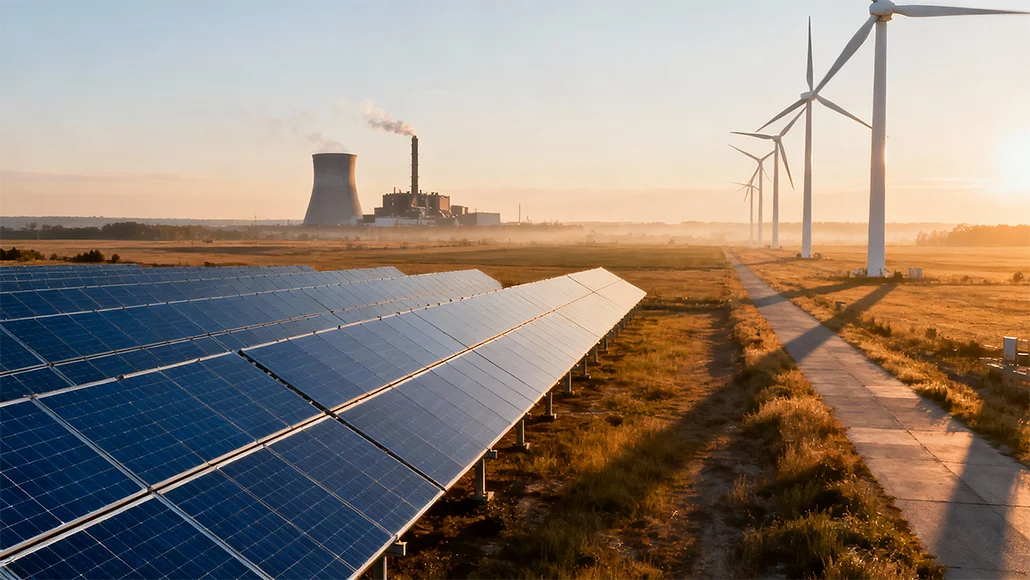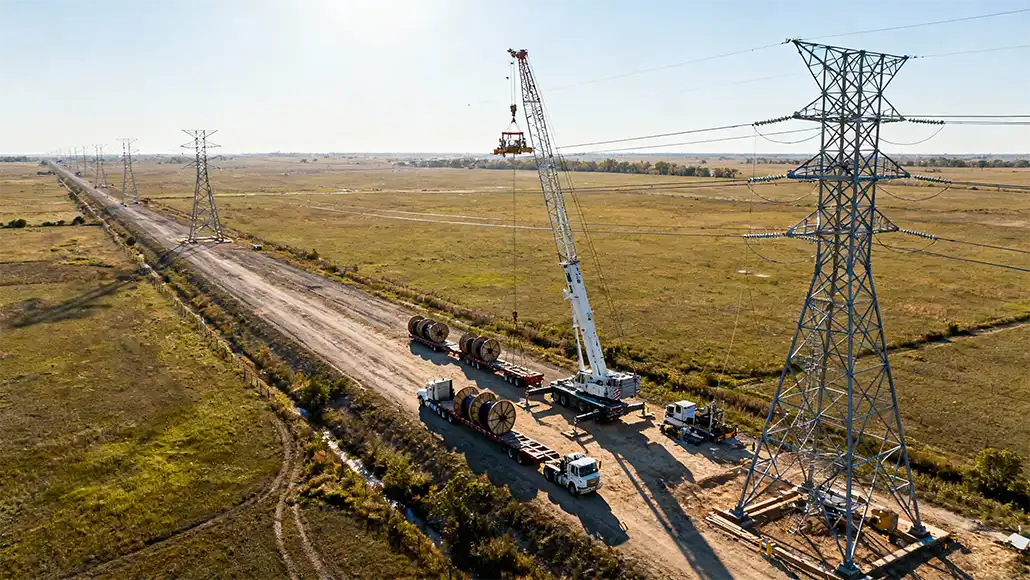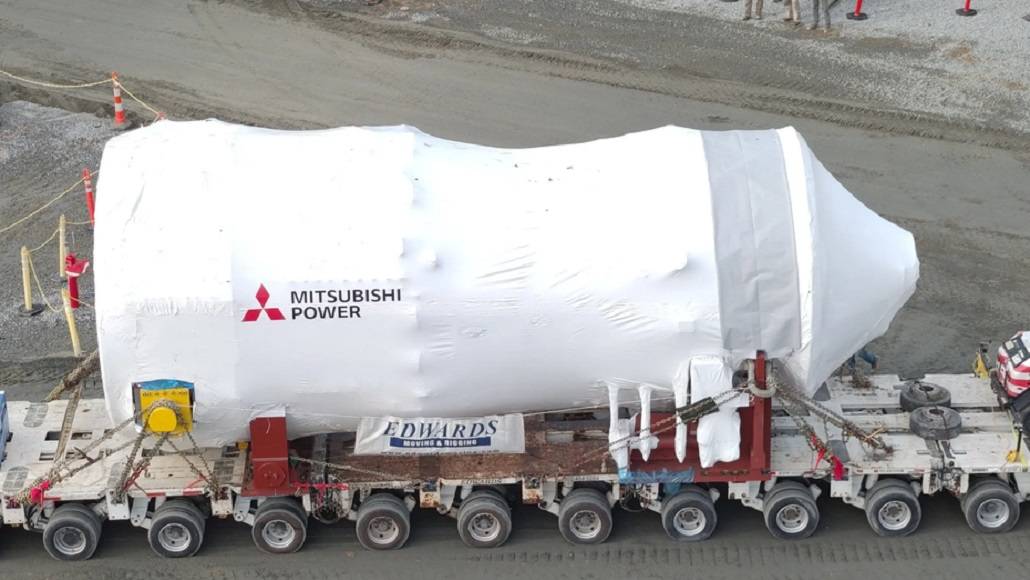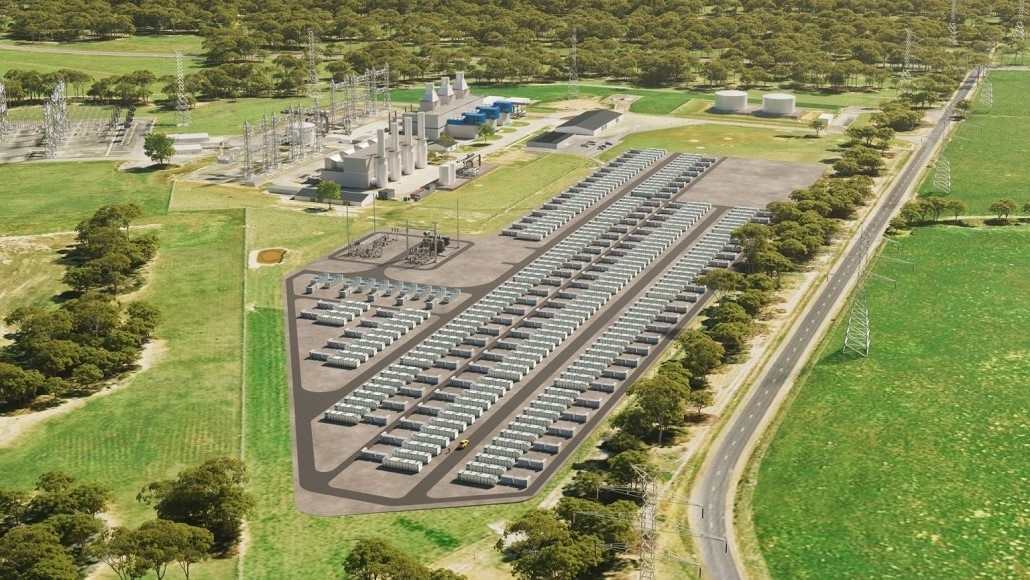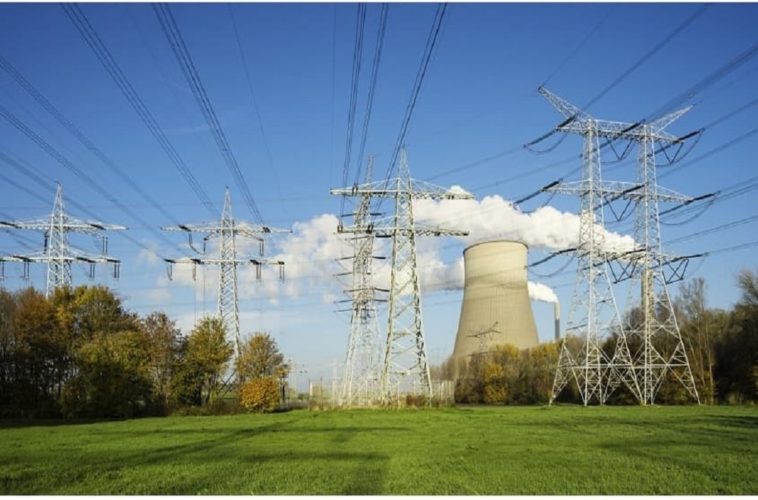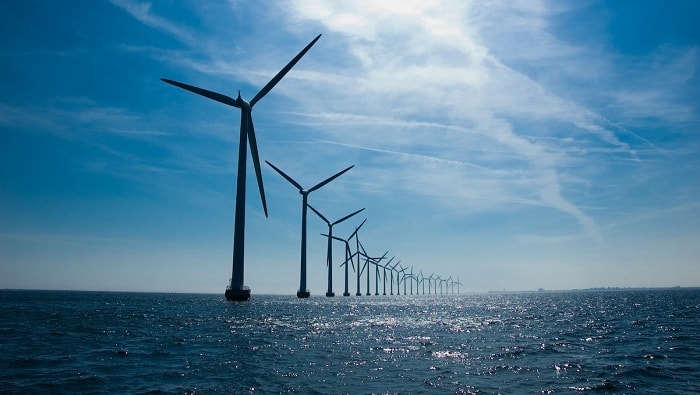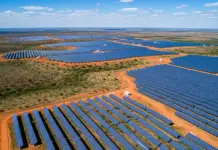It is worth noting that the U.S. power consumption in 2025 as well as 2026 is going to hit historic highs, said the Energy Information Administration in its short-term energy outlook (STEO) on September 9, 2025.
The EIA went on to project that the power demand is going to rise to 4,187 billion kilowatt-hours (kWh) in 2025 and 4,305 billion kWh in 2026; that’s up from a record 4,097 billion kWh, which was witnessed last year.
These sorts of demand increases would come in part from data centers that happen to be dedicated to artificial intelligence as well as cryptocurrency, and as homes and businesses go ahead and make use of more electricity and less fossil fuel when it comes to heat as well as transportation.
The EIA predicts that the U.S. power consumption in 2025 is sure going to see a surge in terms of sales to 1,508 billion kWh when it comes to residential consumers, 1,482 billion kWh as far as commercial customers are concerned, and 1,055 billion kWh in terms of industrial customers.
These forecasts happen to compare to all-time highs of 1,509 billion kWh for residential consumers that was seen in 2022, 1,434 billion kWh witnessed in 2024 for commercial customers, and 1,064 billion kWh in terms of industrial customers in 2000.
According to the EIA, their share of power generation when it comes to natural gas would slide from 42% that was seen in 2024 to 40% in 2025 and 2026. The share of coal will rise from 16% in 2024 to 17% in 2025 before dipping to 16% in 2026 as the output for renewables rises.
It is well to be noted that the percentage of renewable generation is thus going to rise from 23% in 2024 to 25% in 2025 and 26% in 2026, whereas the nuclear power share will dip from 19% in 2024 to 18% in 2025 and even for that matter in 2026, as per the outlook.
The EIA has gone on to anticipate that the gas sales in 2025 will see a growth to 13.1 billion cubic feet per day (bcfd) when it comes to residential consumers, 9.8 bcfd in terms of commercial customers, and 23.5 bcfd as far as industrial customers go; however, it would very well fall to 35.8 bcfd in terms of power generation.
All this compares with all-time highs of 14.3 bcfd, which was seen in 1996 when it comes to residential consumers; 9.6 bcfd in 2019 in terms of commercial customers; 23.8 bcfd in 1973 as far as industrial customers go; and 36.9 bcfd in 2024 when we talk of power generation.


